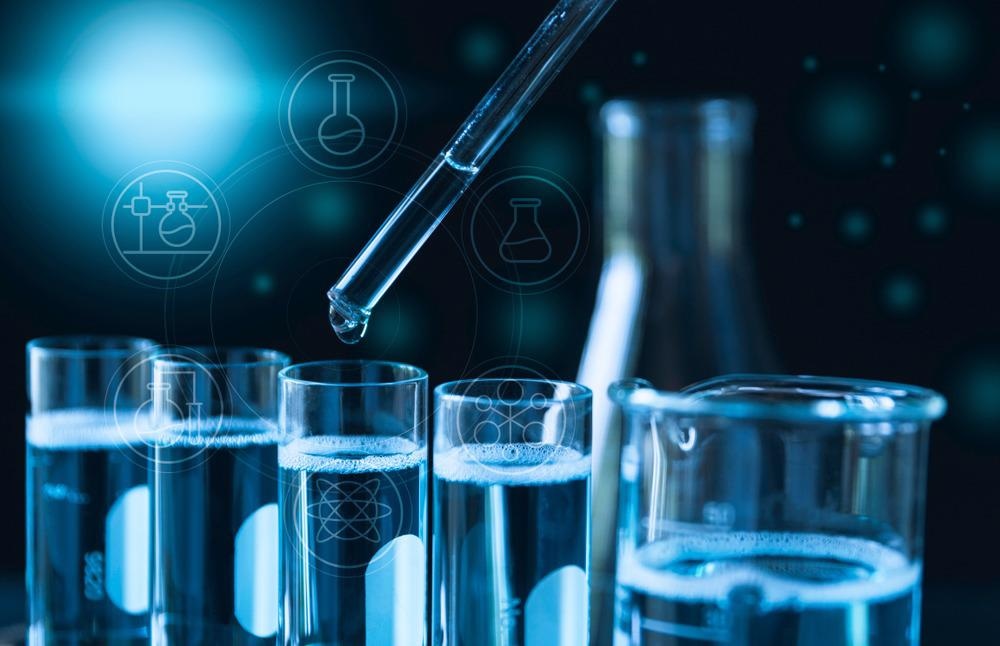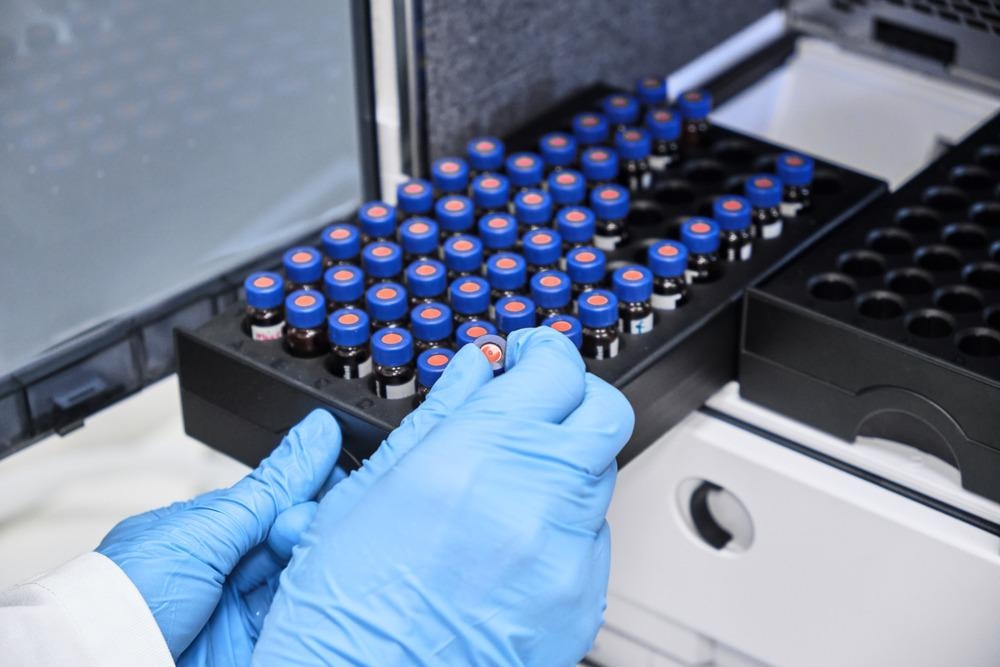Advances in both existing and new analytical techniques are directly dependent on the materials used. Analytical processes can, in fact, be optimized not only by adopting different methods but also by selecting the right type of material.

Image Credit: Krisana Antharith/Shutterstock.com
Current challenges in analytical chemistry involve the development of more sensitive and more efficient techniques. Efforts are made in designing and fabricating advanced materials for analytical applications, particularly concerning sensing, separations, and extractions.
Understanding the chemistry and physics behind them is paramount to exploiting the properties of materials and applying them in suitable analytical techniques. In recent years, materials with novel and interesting properties have been developed, including nano-, biomolecular, and hybrid materials.
Hybrid Materials to Push the Boundaries of Chromatography
Hybrid materials may either exhibit properties that are a linear combination of the properties of the individual components or may show entirely new behaviors. There is a lot of interest in using such materials in analytical chemistry, particularly in chromatography, where novel silica hybrid materials with ease of preparation and a wide range of functionalities can be developed.
Properties such as hydrophobicity and pore size can be tuned by choosing appropriate organic and inorganic precursors. Sol-gel synthesis is a method to prepare hybrid materials which allow the introduction of organic functionalities on inorganic materials like silica. Using sol-gel materials as stationary phases for liquid chromatography can improve column efficiency, stability, and selectivity.
Styrene and divinylbenzene functionalities were incorporated into the silica stationary phases for capillary electrochromatography. The resulting hybrid material was packed into capillary columns and successfully allowed the separation of caffeine from isocaffeine.
Most columns for reversed-phase liquid chromatography based on silica show poor stability in acidic or basic mediums. Newly developed substrates that use other inorganic materials such as zirconia, titania, and alumina improve chemical and thermal stability for stationary phases. However, their applications in separation techniques are still lacking, and more research is needed.
Porous Organic Frameworks: from “On-Off” Fluorescence to Solid Phase Extraction
Porous organic frameworks (POFs) consist of organic building blocks held together by strong covalent bonds. Due to their interesting properties, such as crystalline structures with predictable 2D or 3D networks, large surface area, and high chemical and thermal stability, POFs have great potential in several applications.
POFs include a series of materials, namely covalent-organic frameworks (COFs), covalent triazine frameworks (CTFs), and porous aromatic frameworks (PAFs), and have attracted great interest among researchers.
Considerable research is focused on applications in fluorescence spectroscopy to detect diverse analytes. POFs have great potential for use in “turn-off” or “turn on” fluorescence. Fluorescence can be, in fact, quenched (turned off) or enhanced (turned on) depending on the presence of analytes. The detection of nitroaromatics, particularly nitrobenzene, is a promising application of POFs.
Porous materials have also been increasingly utilized as stationary phases to improve the efficiency of separation systems, including gas chromatography (GC) and high-performance liquid chromatography (HPLC). The separation mechanism depends on the interactions between the POFs-based stationary phases and the analytes of interest: hydrogen bonds, van der Waals forces, hydrophobic and π–π interactions.
The success of an analytical technique relies considerably on sample preparation, especially when trace-level compounds from complex matrices need to be detected. Currently, applications of novel porous materials in the sample preparation process are being explored.
Liquid-liquid extraction (LLE) suffers from the need for large volumes of organic solvents, difficulty in the complete phase separation, and time demands. Alternatively, solid-phase extraction (SPE) and novel adsorbent materials can overcome such deficiencies.
Porous materials based on triazine frameworks (CTF-1) were used as sorbents in SPE. Thanks to π–π conjugation and intermolecular hydrogen bonds, this approach showed high extraction efficiency toward nitroimidazoles.

Image Credit: Vladimka production/Shutterstock.com
Advances in High Throughput Techniques
In recent years several sectors, including the pharmaceutical industry, have seen increasing needs for faster data generation performing up to several thousands of experiments per day in what is known as high throughput experimentation (HTE).
Analytical techniques need to find the right balance between the number of experiments and the data quality. Significant efforts are directed toward improving the speed and throughput of liquid chromatography.
In this regard, a substantial reduction of analysis time was achieved by introducing ultrahigh-pressure liquid chromatography (UHPLC), using stationary phases with particles diameters below two μm. The separation speed is increased when systems use columns packed with 1 µm diameter particles and can operate at pressures up to 3,000 bar.
However, it is important to note that the friction between the mobile and stationary phase can generate heat in these conditions, causing peak broadening. This issue could be mitigated by using a diamond-based stationary phase which is more heat-conductive.
In just a few seconds, ultrafast separations are also achieved by supercritical fluid chromatography (SFC) using supercritical CO2 as a mobile phase, in conjunction with short columns packed with sub-2 μm silica and very high flow rates (up to 19 mL min-1). Thanks to SFC on a 2 cm long column, it was possible to resolve seven solutes in less than eight seconds.
It is evident how materials can enhance the performance of many analytical techniques if incorporated appropriately. In particular, the way materials interact directly with analytes plays an increasingly important role. Future research will focus on how novel or existing materials can move forward the limits of analytical chemistry.
Sources:
- He, L. & Toh, C. S. (2006). Recent advances in analytical chemistry--a material approach. Anal Chim Acta, 556, 1-15.10.1016/j.aca.2005.08.042
- Zhang, S., Yang, Q., Wang, C., Luo, X., Kim, J., Wang, Z. & Yamauchi, Y. (2018). Porous Organic Frameworks: Advanced Materials in Analytical Chemistry. Adv Sci (Weinh), 5, 1801116.10.1002/advs.201801116
- Vervoort, N., Goossens, K., Baeten, M. & Chen, Q. (2021). Recent advances in analytical techniques for high throughput experimentation. Analytical Science Advances, 2, 109-127.10.1002/ansa.202000155
Further Reading
Last Updated: May 4, 2022